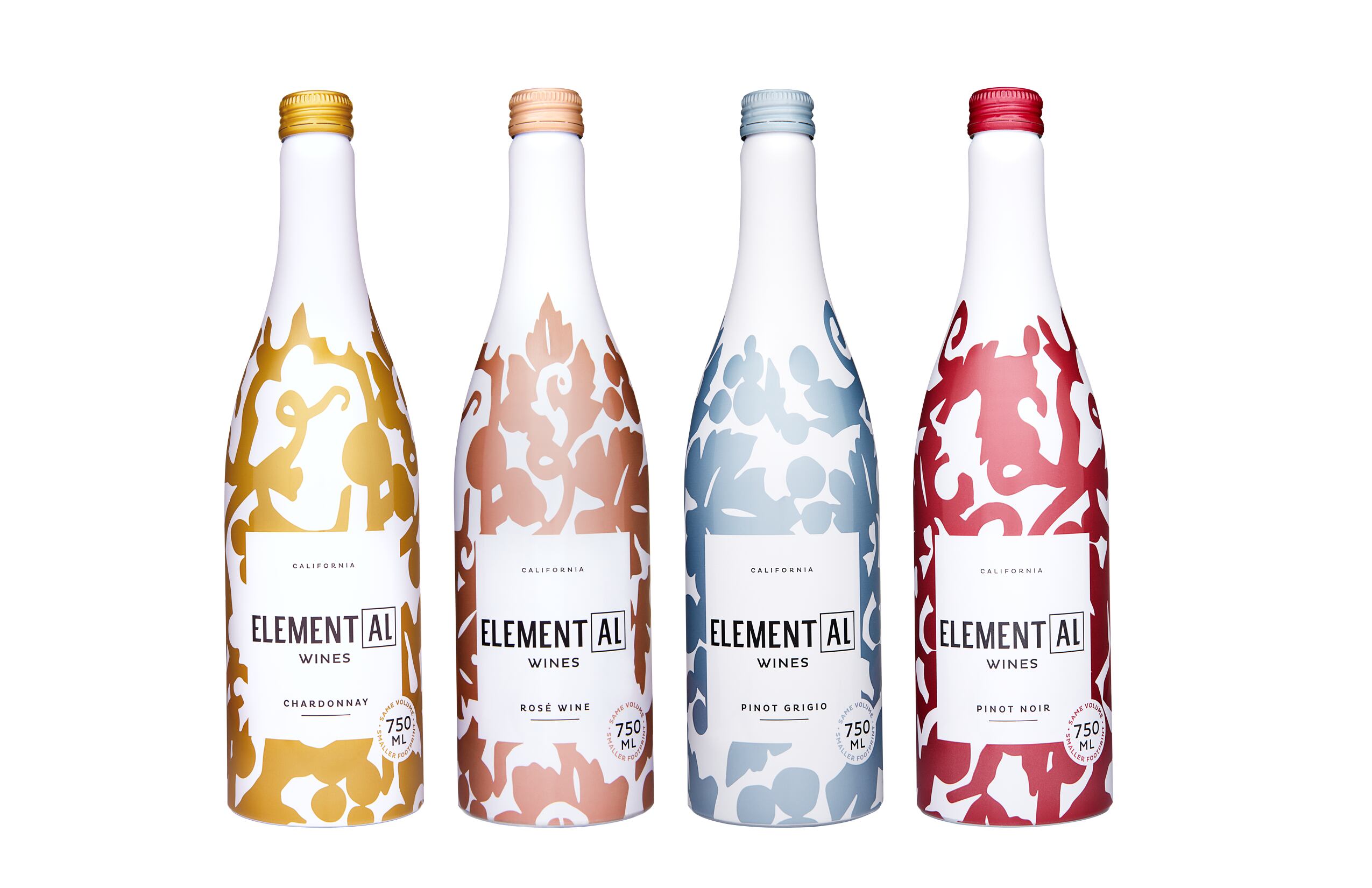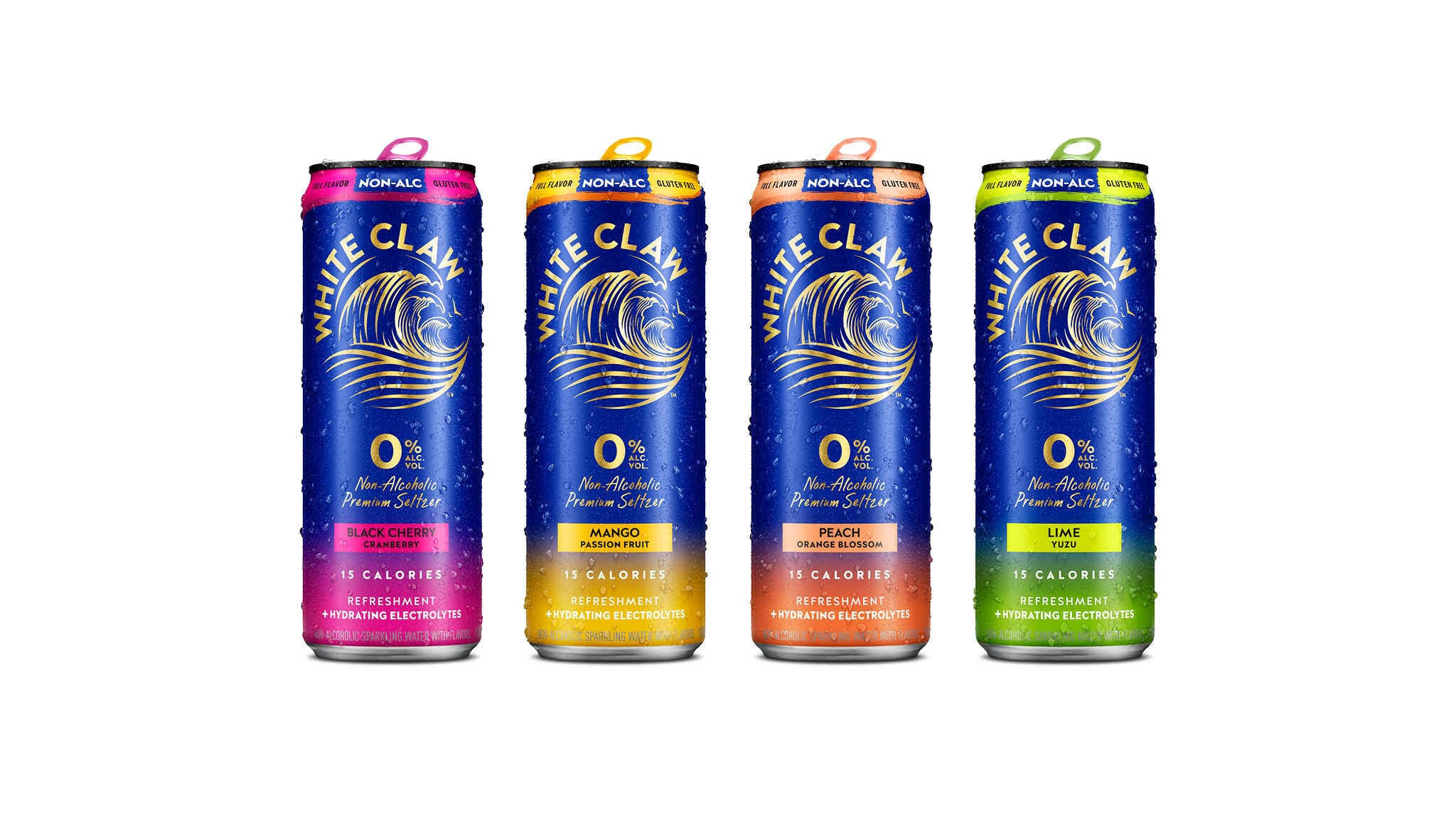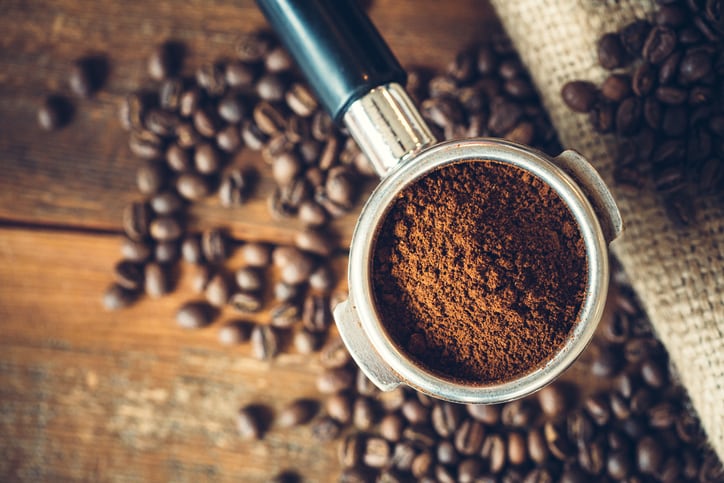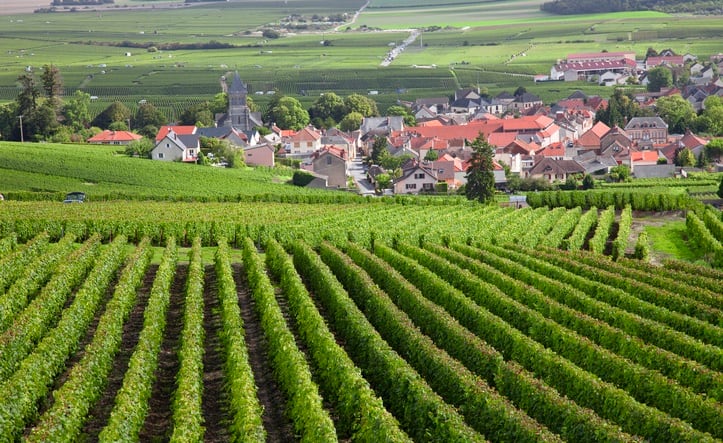Starting this month, the new Element[AL] portfolio will be available in 100% recyclable aluminum bottles with four varietals: Chardonnay, Pinot Grigio, Rosé and Pinot Noir.
“Element[AL] is more than just the launch of a new wine brand, it’s the beginning of a new way of thinking for the wine industry,” says the winery: championing the environmental and practical advantages of the smaller and lighter format, which is just 90g in weight compared to a typical 500g for glass bottles.
Rethinking bottles: from glass lightweighting to aluminum
The brand originally set out to lightweight its existing glass bottles, but decided a more radical approach was needed. What followed was nearly three years of research and development to create the aluminum version.
Differing from aluminum bottles used increasingly in other beverage categories, the bottle takes on the sleek wine silhouette shape.
From a consumer perspective, aluminum does offer certain advantages: thanks to being lightweight and portable. But is that enough to convince consumers in a very traditional category?
The company carried out extensive research on the subject and found ‘exceptionally high consumer purchase interest’ in the concept, according to Paul Englert, vice president of marketing at Bogle Family Wine Collection.
“We conducted comprehensive quantitative research and supplemented it with focus groups in Los Angeles and Chicago. Research validated the concept, the name, the design, pricing, and general attitudes on beverages in aluminum.
“In our first focus groups, we did encounter resistance when we verbally introduced the idea of 'wine in aluminum'. But that was without us having well-thought-out designs to be able to show the participants in the study.
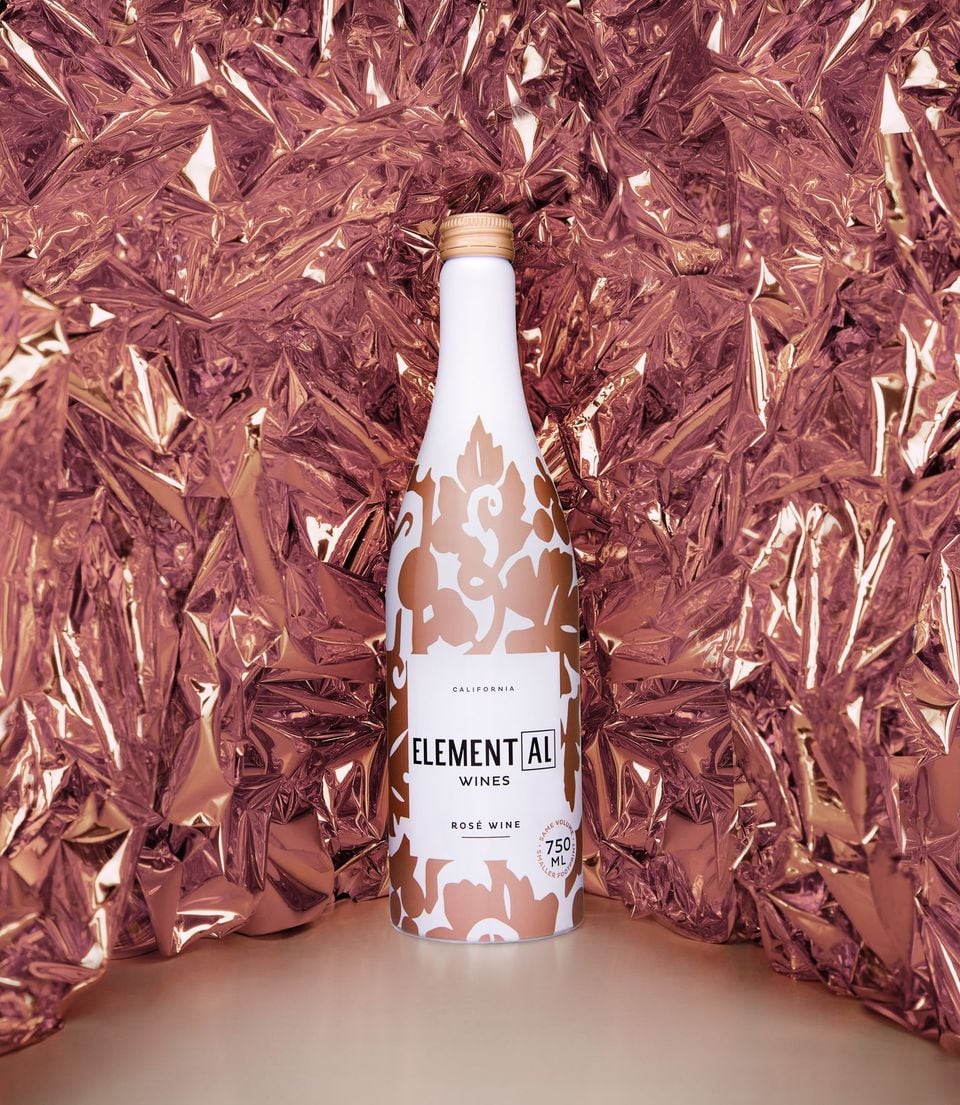
"Once we had our visual stimuli created, the reactions we encountered instantly and significantly improved. It became clear that maintaining the well-established shape of a wine bottle made a big difference.”
While the company made the decision to keep the wine shape for easy recognition, it did not, however, worry about making an exact replica: choosing instead to lean into what an aluminum bottle could do well.
Unlike traditional glass bottles, Element[AL]’s giftable bottle is label-less and is dressed in a 360° deco design printed directly on the bottle featuring bespoke hand-drawn artwork that is unique to each varietal.
“Another key decision was to embrace the design capabilities of the aluminum bottle rather than trying to emulate the traditional wine bottle,” said Englert.
“Once we did this, we saw purchase interest increase, especially among younger wine consumers who are not as engaged with wine as previous generations.
"These younger consumers responded most favorably to our aluminum wine bottles, giving us hope that not only are we giving existing wine drinkers more choice, but we are also giving younger consumers a wine they are more excited about.”
That could be particularly important for a category that has failed miserably to keep younger generations interested in wine.
Is quality affected?
As the packaging is a new launch, the company has not been able to conduct long term research over how the quality of the wine is retained in aluminum compared to glass over time.
However, its research shows the majority of US wine is purchased for immediate consumption rather than aging, and so it’s rethinking the glass vessel for everyday wine enjoyment.
And the blind taste tests it has done to date have concluded there is no perceived taste difference for wines aged for one year between aluminum and glass bottles.
Incorporating aluminum into wine production lines
Element[AL] is part of its Clarksburg-based Bogle Family Wine Collection, which also includes Bogle Family Vineyards, Juggernaut Wines, Phantom Wines and Twenty Acres. These produce a range of red, white and sparkling wines: as well as reserve, limited edition and production wines. However, these are all typically focused on a 750ml glass format.
Bottling a wine in aluminum "certainly isn’t as easy as just putting aluminum bottles on our existing line," says Englert.
“New equipment specifically designed to be able to accommodate aluminum bottles was purpose-built last year and installed on our bottling line.
“The bottles are considerably lighter and require adjustments to handle them properly. Additionally, the caps are new and the bottles are shorter. All these details require adjustments.
“Our production team has put in countless time and energy to be able to fill these bottles efficiently. Our line speed remains slower than it is when we are running glass, but we are already seeing acceptable line speeds and expect that to increase as we run the aluminum bottle more and more.”
The acquisition cost of the aluminum bottle is also above what the winery would usually pay for a glass bottle sold at the same price point ($16.99). However, that doesn’t deter Englert.
“The production process is brand new and certainly nowhere near as mature as the production of glass bottles. Our expectation is that as the production process matures and more aluminum bottles are produced, that the cost will decrease over time.”
Sustainability: How does aluminum compare to glass?
Glass remains by far the most dominant packaging format for wine. But it’s also one of the sticking points when it comes to sustainability. Production requires large amounts of energy; while the weight of bottles also contributes to increased emissions during transportation.
A 2022 study notes glass is one of the largest contributors to the wine industry’s emissions. And a sustainability roadmap from Australia’s wine industry notes that addressing problems with glass are among the biggest ways it can reduce carbon emissions (namely, lightweighting wine bottles and lowering the energy required for glass production).
Bogle does not yet have exact figures on how the overall impact of its aluminum bottle shapes up compared to glass, but it's in the process of doing a LCA (Life Cycle Assessment) and expects to have a clearer picture in a few months.
However, it can already calculate the advantages of a lighter bottle: Element[AL] aluminum bottles are 80% lighter than traditional glass bottle, coming in at 90g compared to 500g for the same standard 750ml quantity.
They are also slightly smaller as they have thinner walls and no punt.
That allows 43% more cases of wine per truckload (while keeping the total load 3% lighter) than glass, according to Bogle Family Wines.
And when it comes to shipping, aluminum bottles can save roughly 11,500lbs of weight per truckload compared to the same amount of wine - roughly the weight of an African Elephant.
Aluminum can be recycled indefinitely without losing quality; and only requires 5% of the original energy to create the next generation, it says, citing information from industry group The Aluminum Association.
While recycling structures vary between markets, it also points to higher recycling rates for aluminum than glass; higher value for municipal recycling programs, and wide recycling infrastructure.
From the consumer side, these attributes also offer similar benefits: the aluminum bottles are easy to recycle, lightweight and shatterproof, and smaller and easier to store in the pantry or on shelf.
Element[AL] Wines will be available is the US from this month with an SRP of $16.99, and in-store with major retailers nationwide in March 2024.
Prior to its national roll out, Element[AL] Wines was previewed at the 2024 Sundance Film Festival as the official wine of the festival earlier this month in Utah.
Element[AL] will also be available in select international markets throughout 2024.

